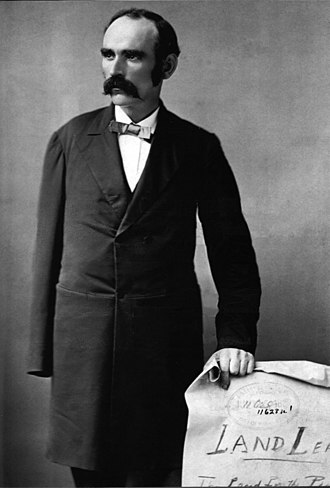As a lot of Ireland’s West Coast, County Mayo is very much the Ireland of your dreams. It has all the breath-taking scenery and panoramic coastlines you had ever imagined. Wherever you go, from Cong to Ballina to Belmullet, you’ll appreciate the glorious landscapes. And also rich heritage, culture and a plethora of off-the-beaten-track gems. While we’re on the topic of hidden gems, we have two tips for Mayo museums that may be lesser-known. But nevertheless, they make for a superb visit.
County Mayo Museums On History That Are Worth Your Time
Whether you’re a dedicated history lover or culturally curious, we think that these museums won’t disappoint. Because they give powerful insights to Ireland’s past in their specific contexts. So, two of our off-the-beaten-track history museums are Michael Davitt Museum and The Jackie Clarke Collection.
Part 1: One Of Top Mayo Museums Dedicated To Local Historical Figure – Michael Davitt Museum
Here you get to know the captivating story of Michael Davitt, one the most influential Irishmen of the 19th century. Davitt was born in 1846 in the village of Straide where the museum is today. It lies on the N26 road between the towns of Castlebar and Ballina.
Short Outline Of Michael Davitt’s Life
Michael Davitt’s life reads like a whirlwind. When he was four years old, his family’s landlord evicted them from their home in Straide for arrears in rent. The family spent a short spell in a workhouse. And like many Irish people at the time, they moved to England. The Davitts sailed to Liverpool and settled in East Lancashire.
At age 11, Michael caught his right arm in a cogwheel in a cotton mill. He was working there as a labourer from nine years old. The injury was so bad that the arm had to be amputated. Needless to say, without compensation. But, there may be a silver lining to the accident. Perhaps it saved him from a lifetime of labour in Lancashire’s cotton mills.
A Lancashire benefactor sponsored Michael after his recovery, funding his schooling. Michael grew up a republican activist. As such, he spent a number of years in prison. During his interesting and tumultuous life, he was a Fenian, Labour leader, journalist, author, parliamentarian, social activist and humanitarian. Davitt co-founded the Land League with Charles Stewart Parnell. And it was through the League that he reached the highpoint of his political influence.

As a journalist, Davitt also travelled in the US and to Russia and South Africa. He married an Irish-American lady in California and they moved to live in County Dublin. At age 60, he died from blood poisoning after a tooth extraction. As per his wishes, Michael Davitt was buried in his home village of Straide in County Mayo.
Will I Enjoy Michael Davitt’s Museum?
Yes, you will! If you like history, politics, life in the 19th century and Irish independence. There is so much to find out about Davitt’s fascinating life through the exhibits. We learnt about him in school, indeed. But the museum brings him and Ireland of his time to life.
The collection echoes Davitt’s multitalented nature and varied interests. As well as his involvement in politics, you can also find out about his connections with world leaders – Mahatma Gandhi, Dr. Sun-Yat-Sen and Theodore Roosevelt. In addition, memorabilia about his initial patronage of the GAA (Gaelic Athletics Association) and the Glasgow Celtic soccer team are also on display. What’s not to love?
Where Is The Michael Davitt Museum, What Are Its Opening Hours And How Much Are Tickets To The Museum?
The museum is in a beautifully restored church in Straide village. It is part of a charming plot that includes Straide Friary next door. This is a magnificent 13th century site. It contains wonderfully preserved medieval sculptures. You can tour both the museum and the Friary. The museum staff are knowledgeable, enthusiastic and super friendly. Plus, there is plenty of parking and a large picnic area.
Opening hours:
March – September: Daily, 9.30am-5.30pm.
October – February: Mon-Sat 9.30am-4.30pm
Cost: Adults E8, Children E3, Family Ticket E20. Includes a FREE pass to Céide Fields Visitor Centre.
